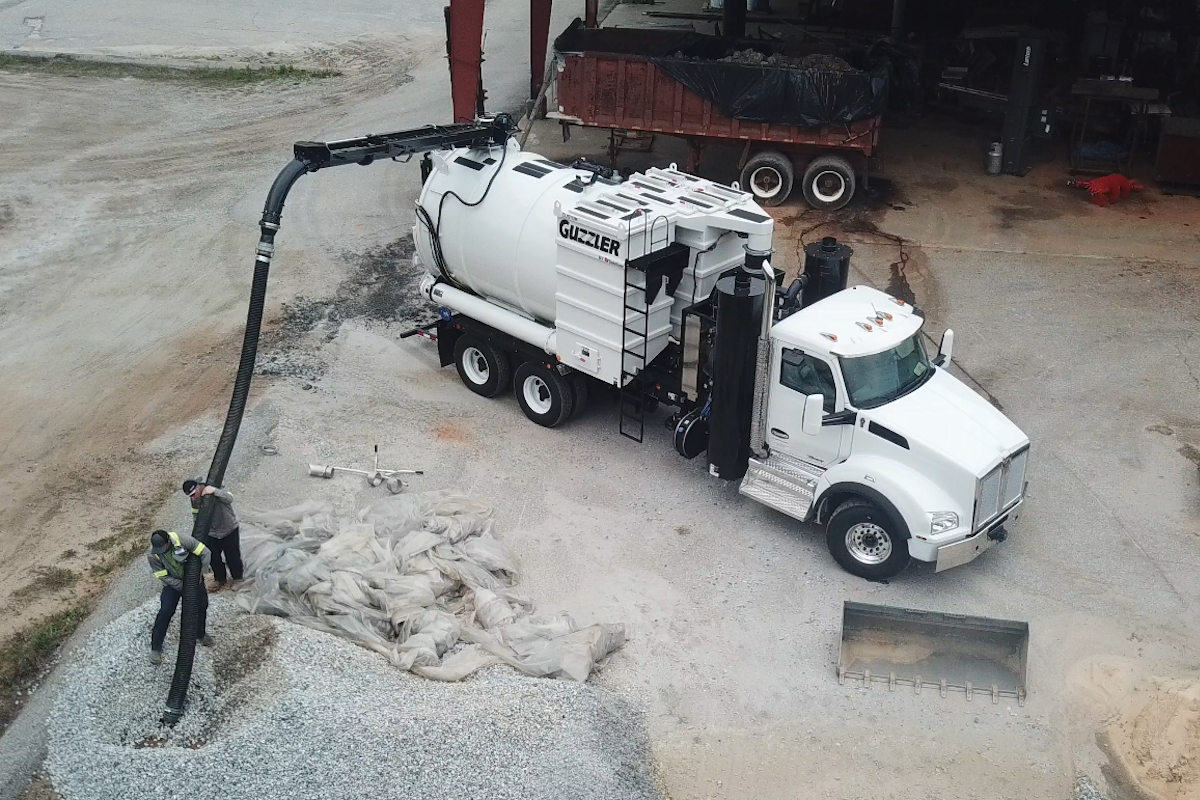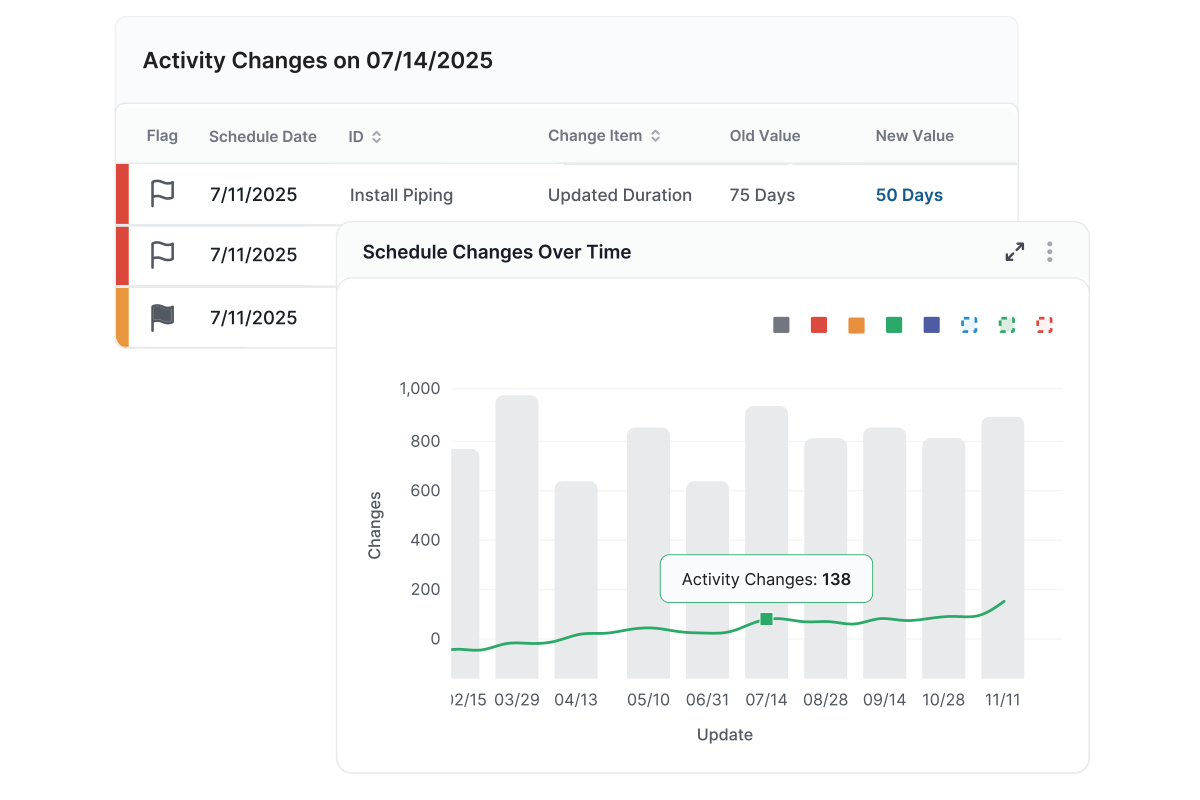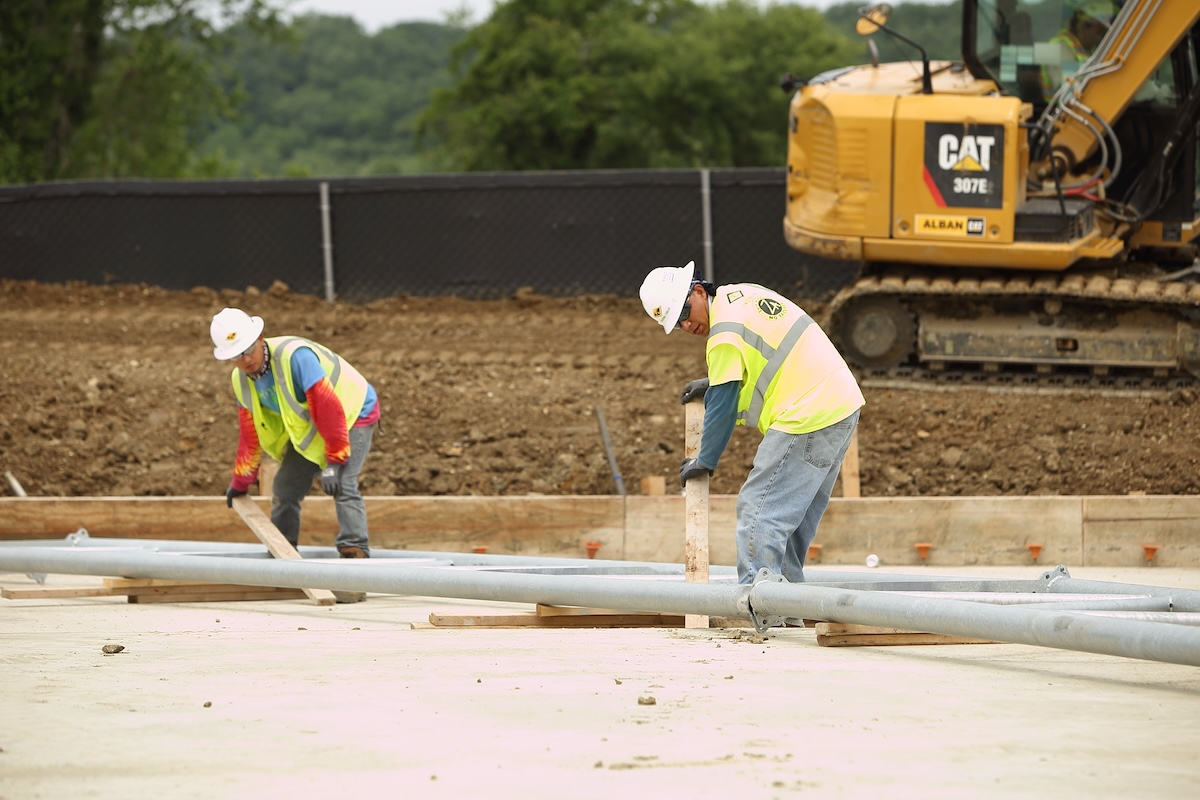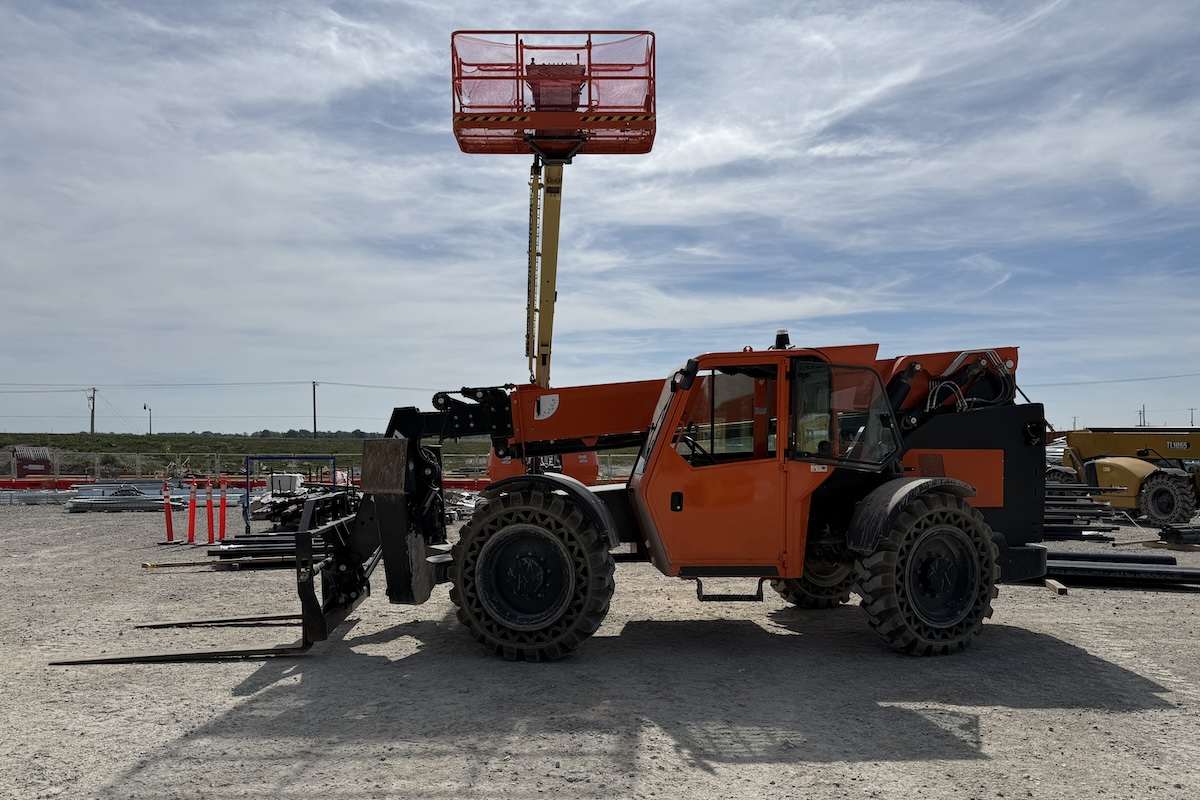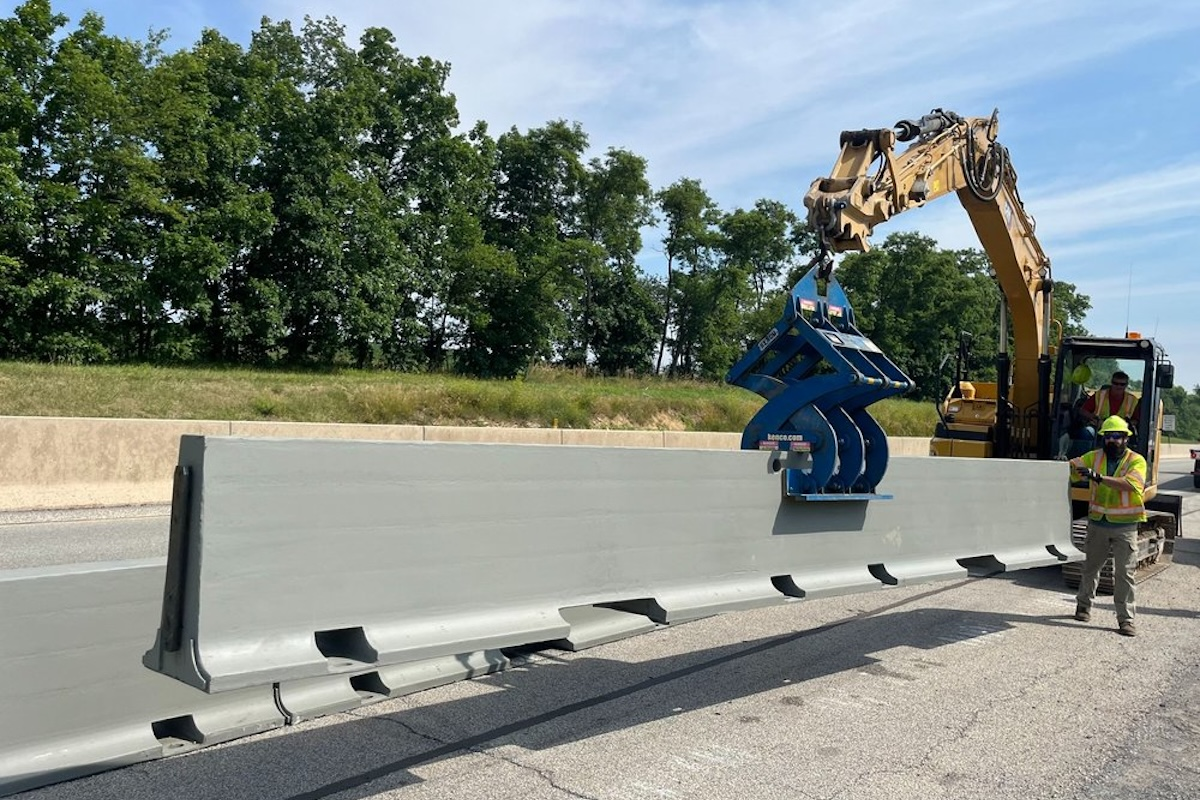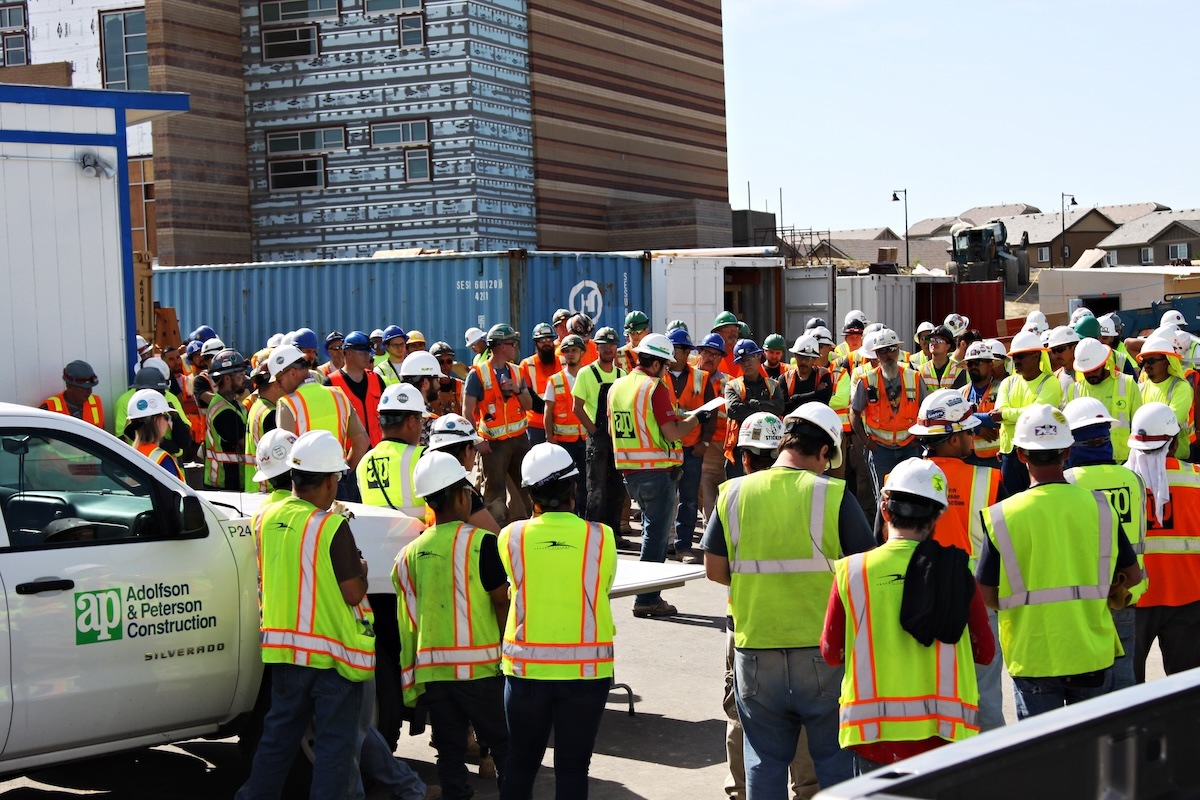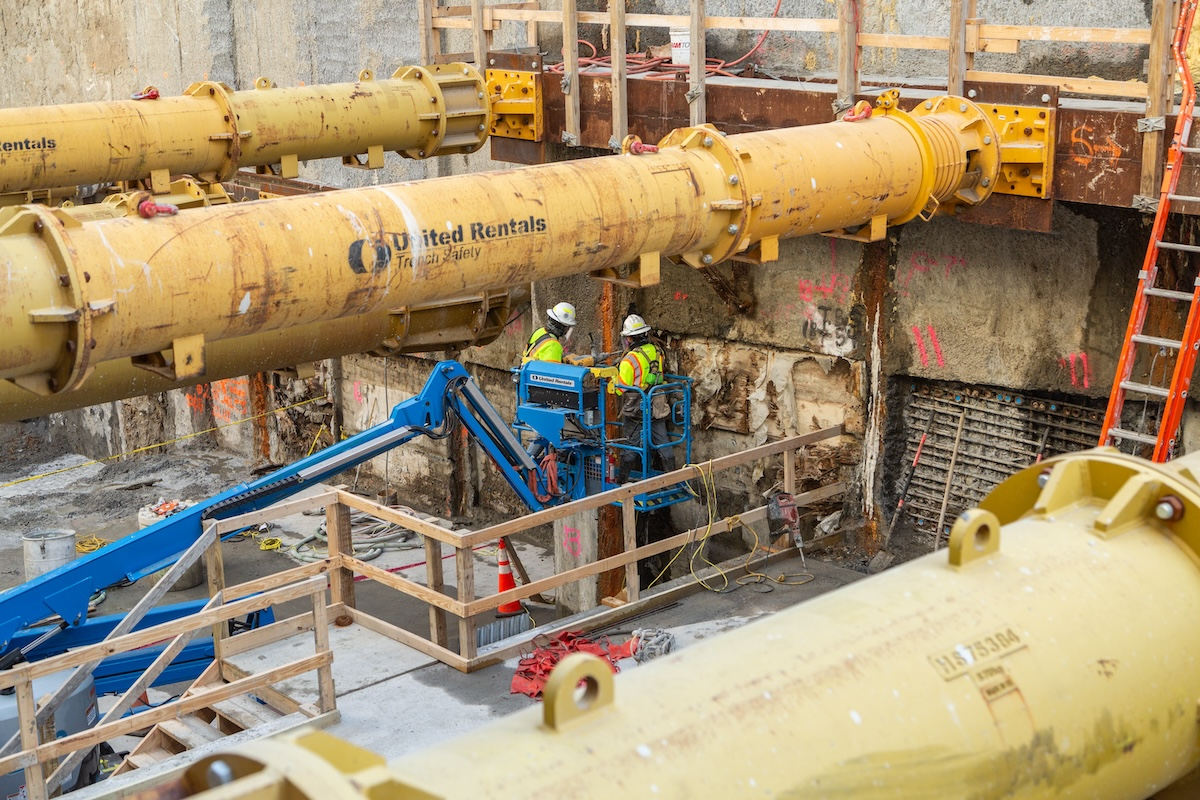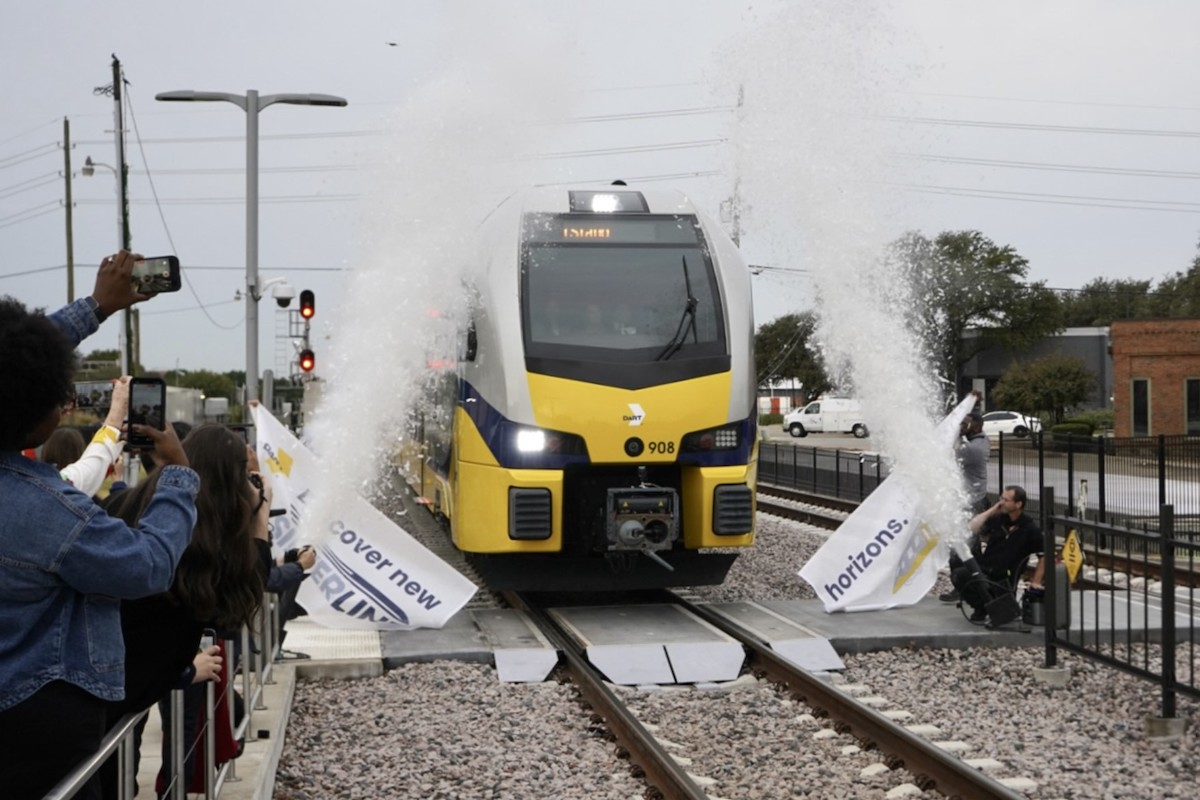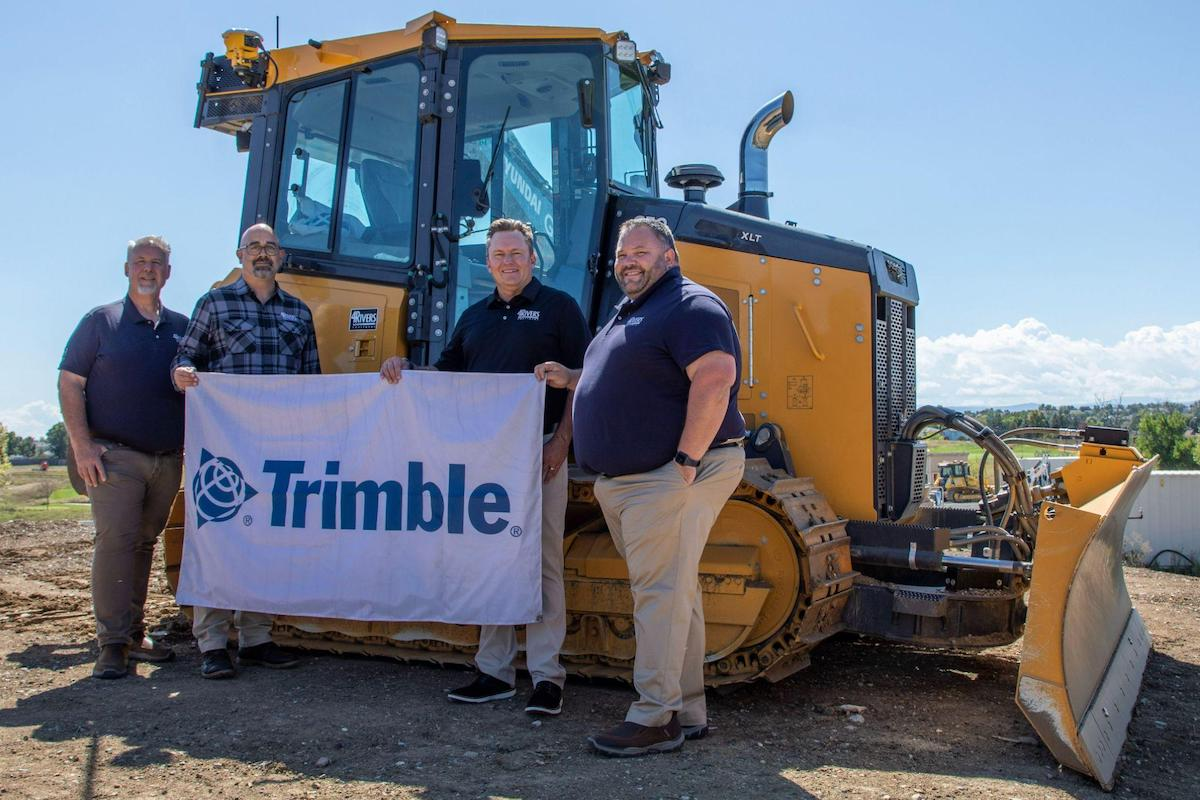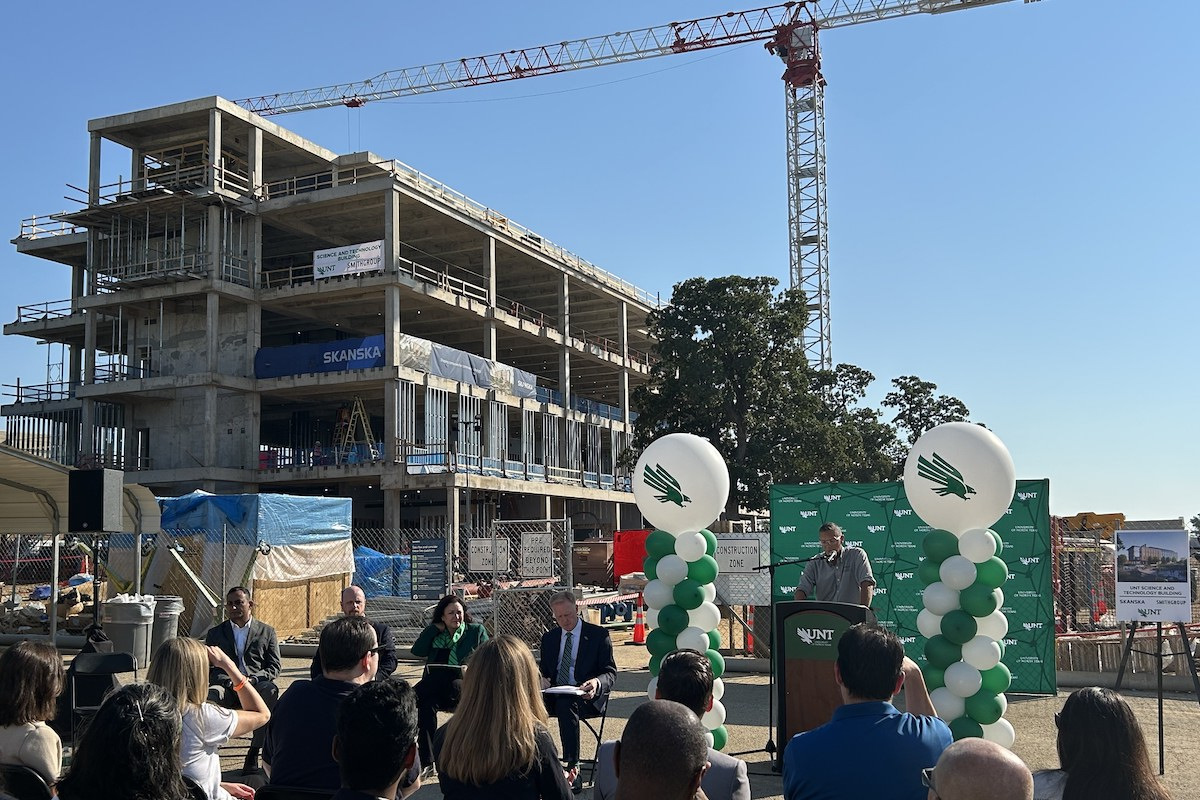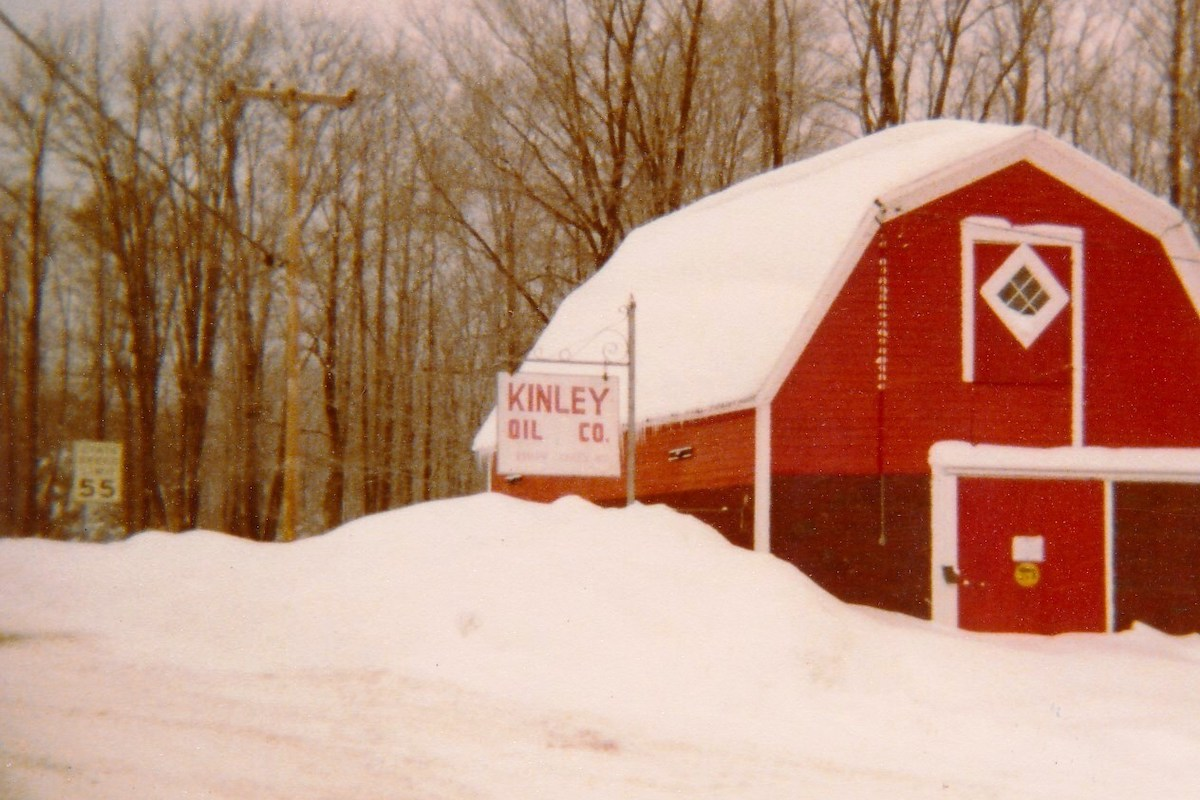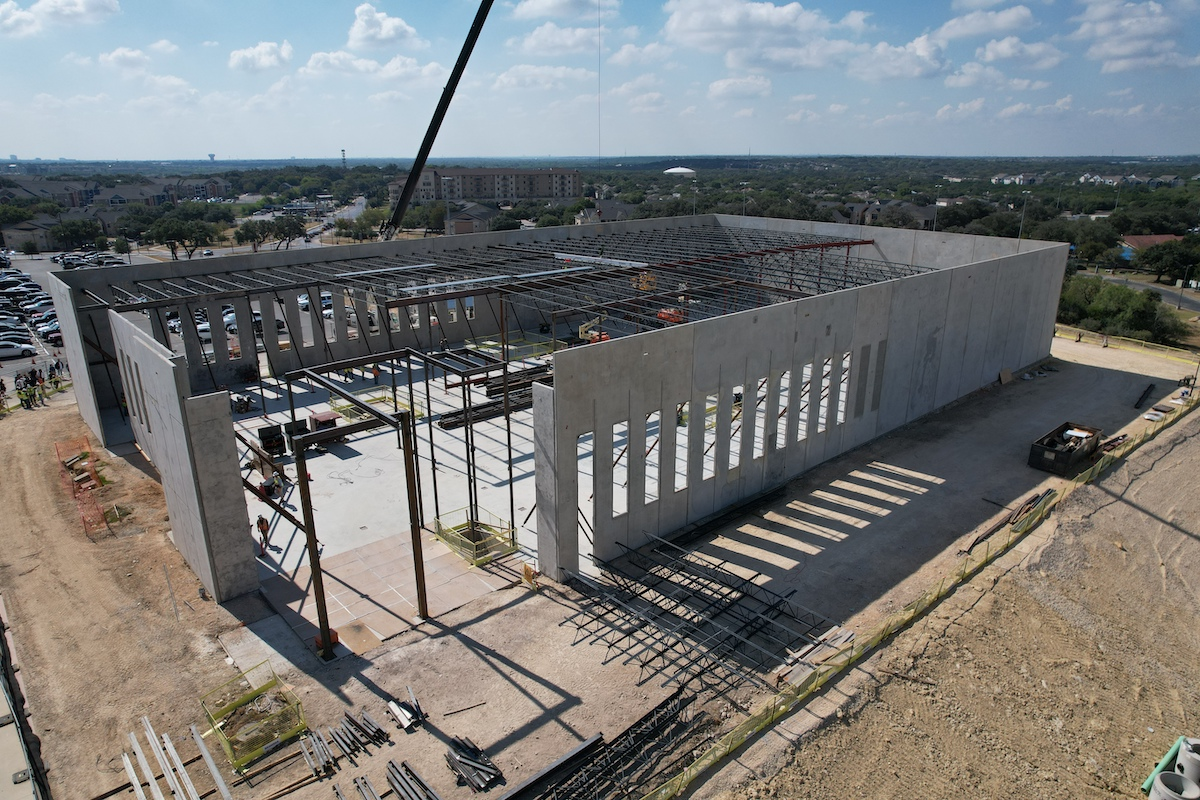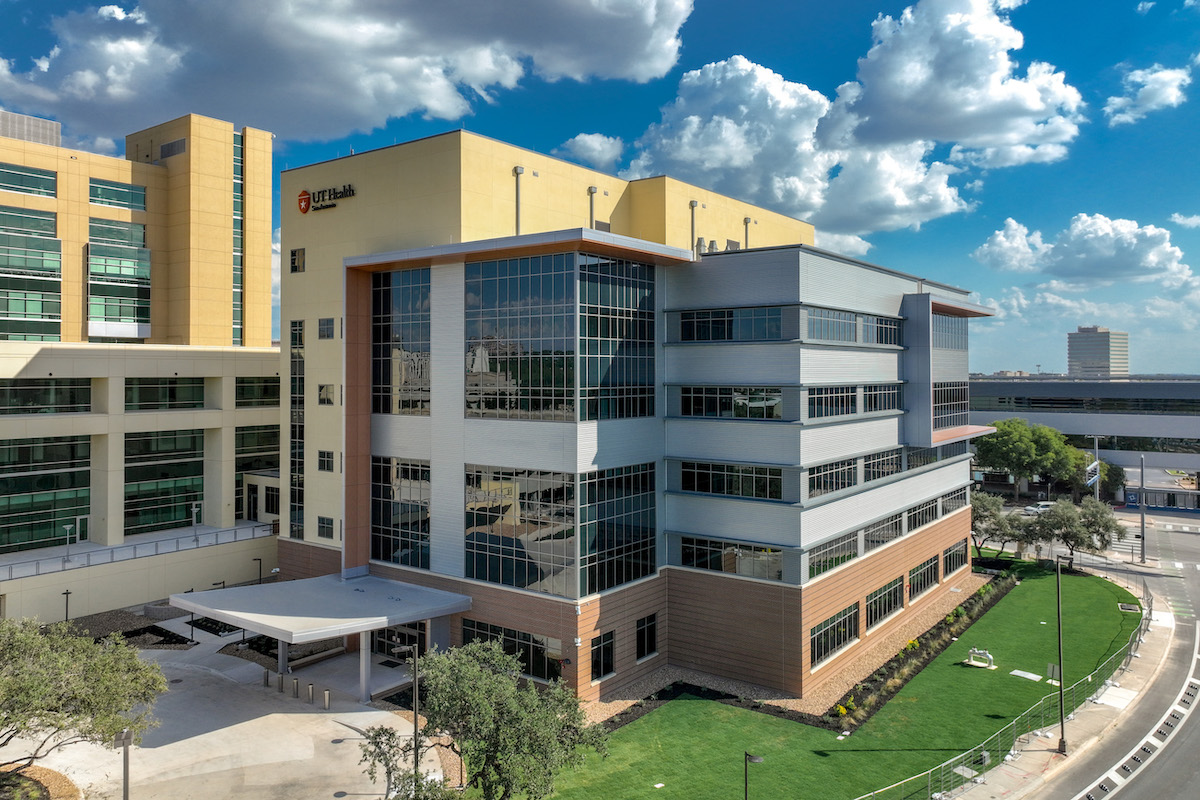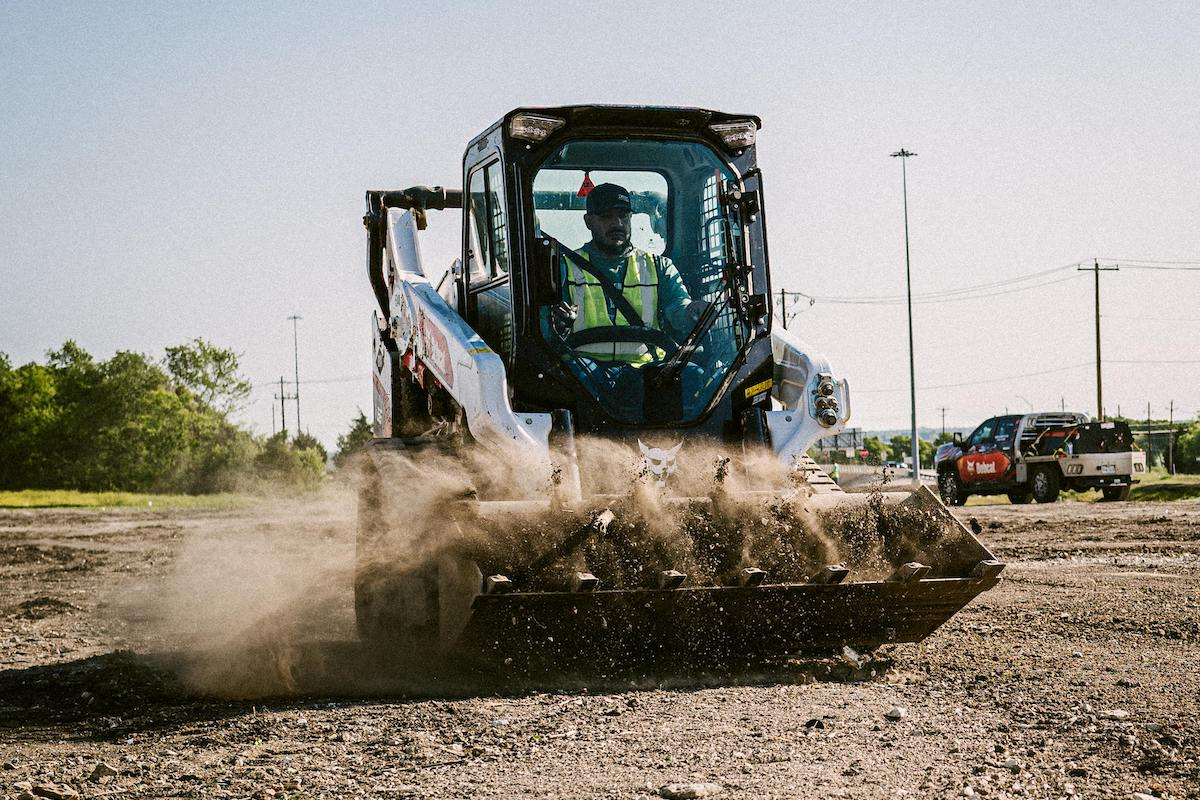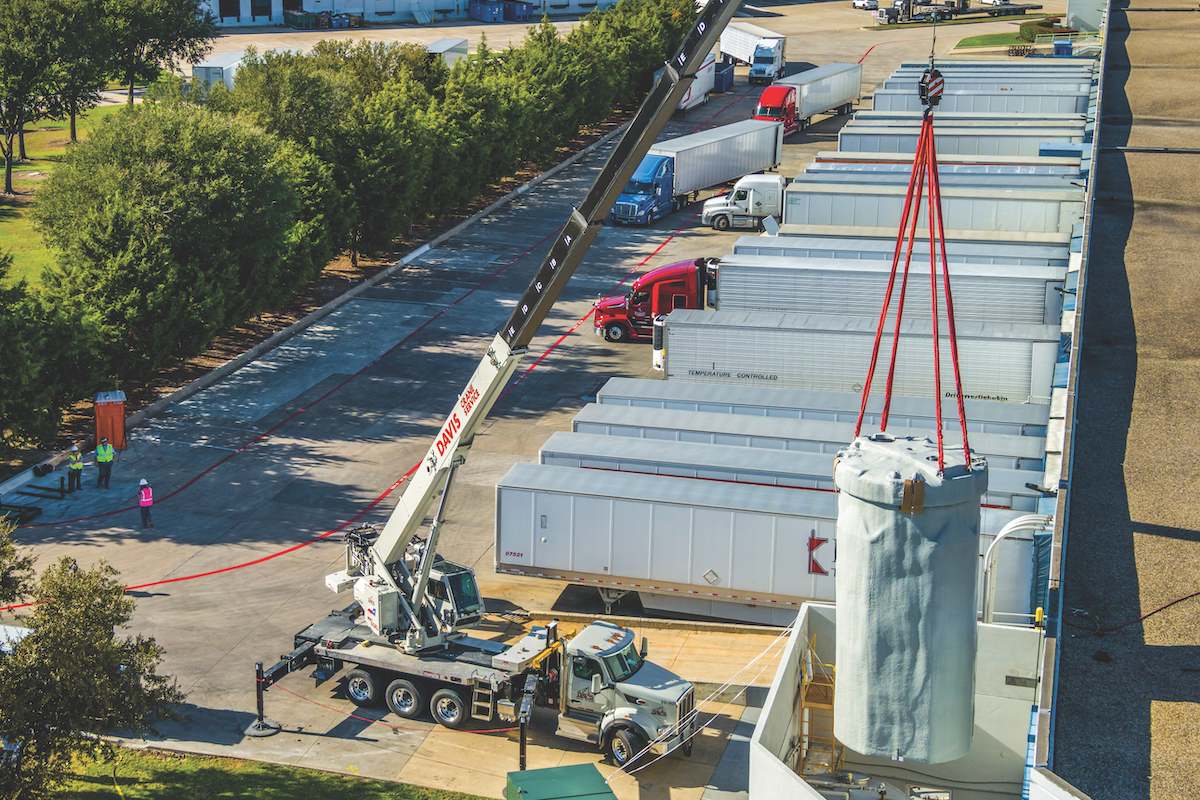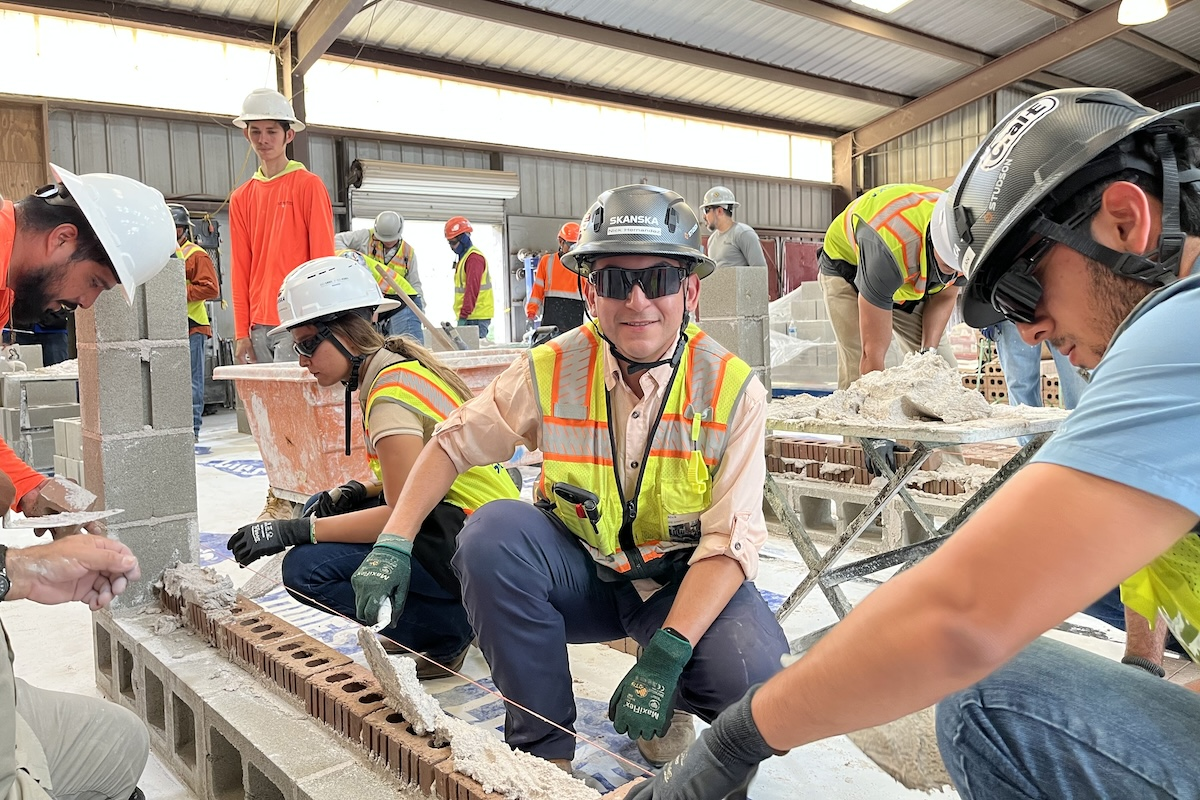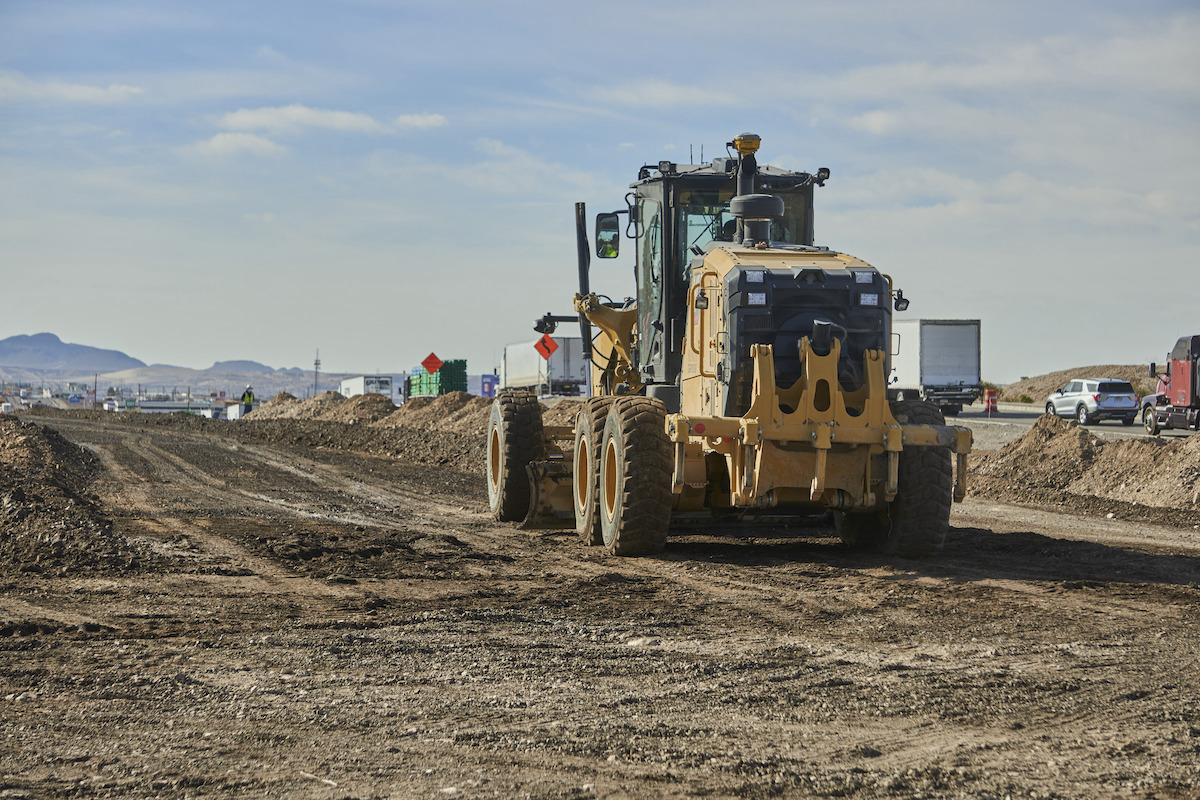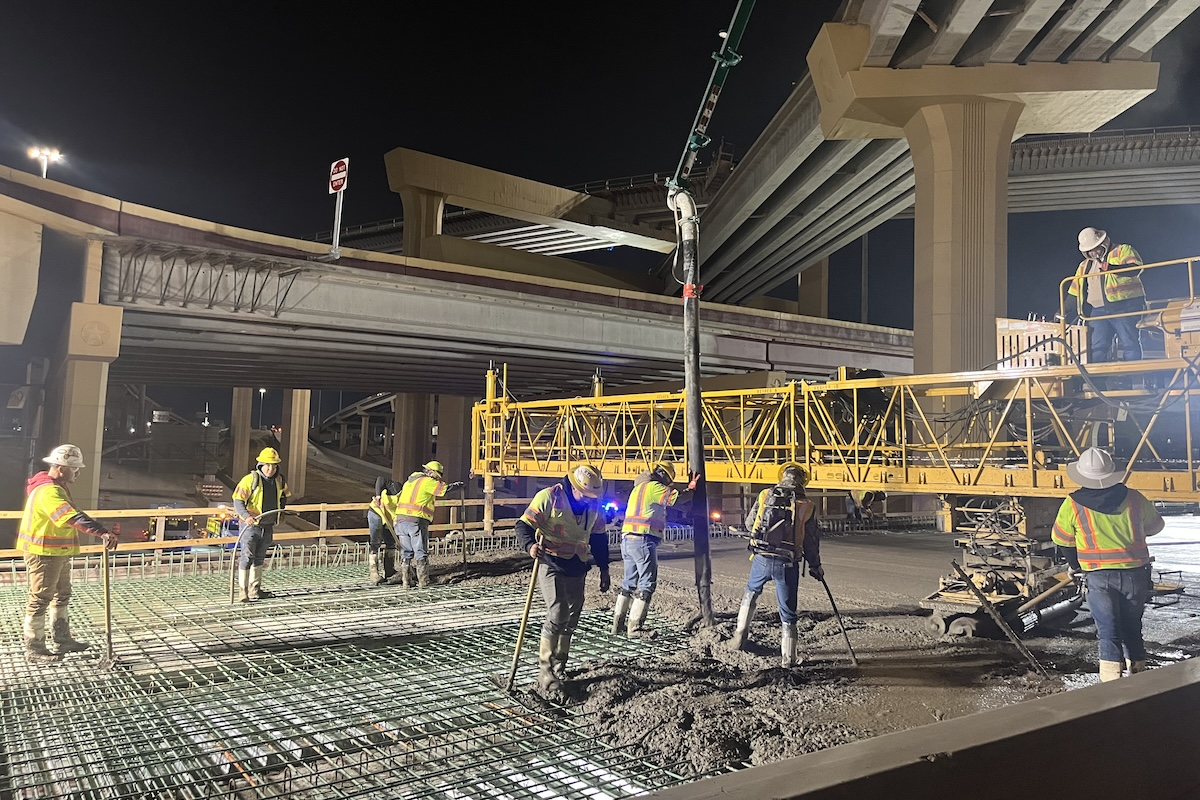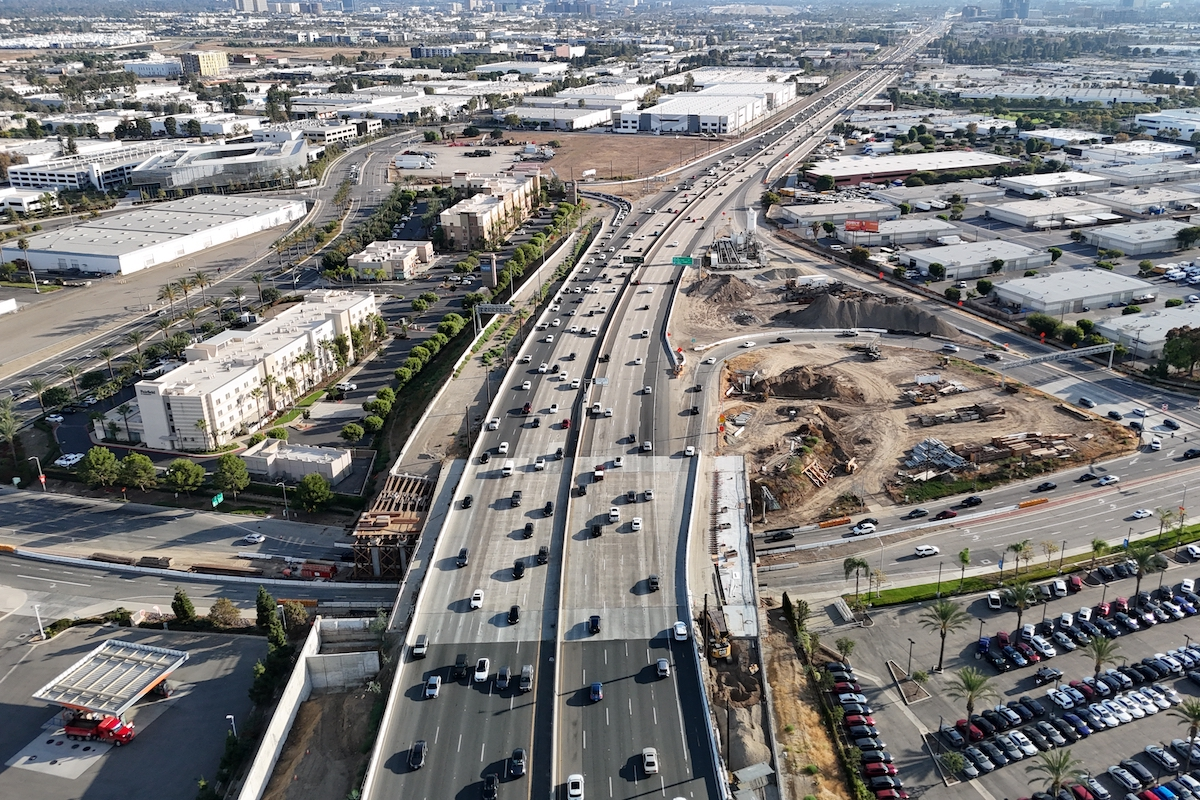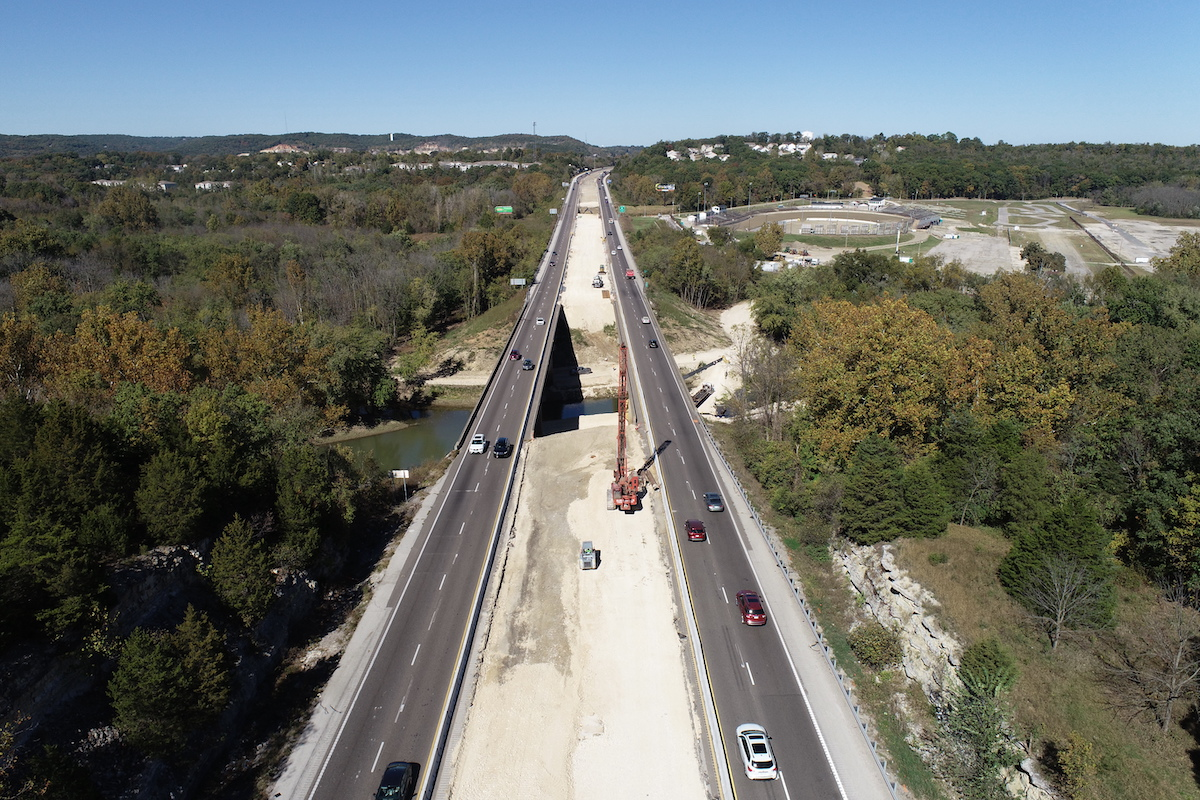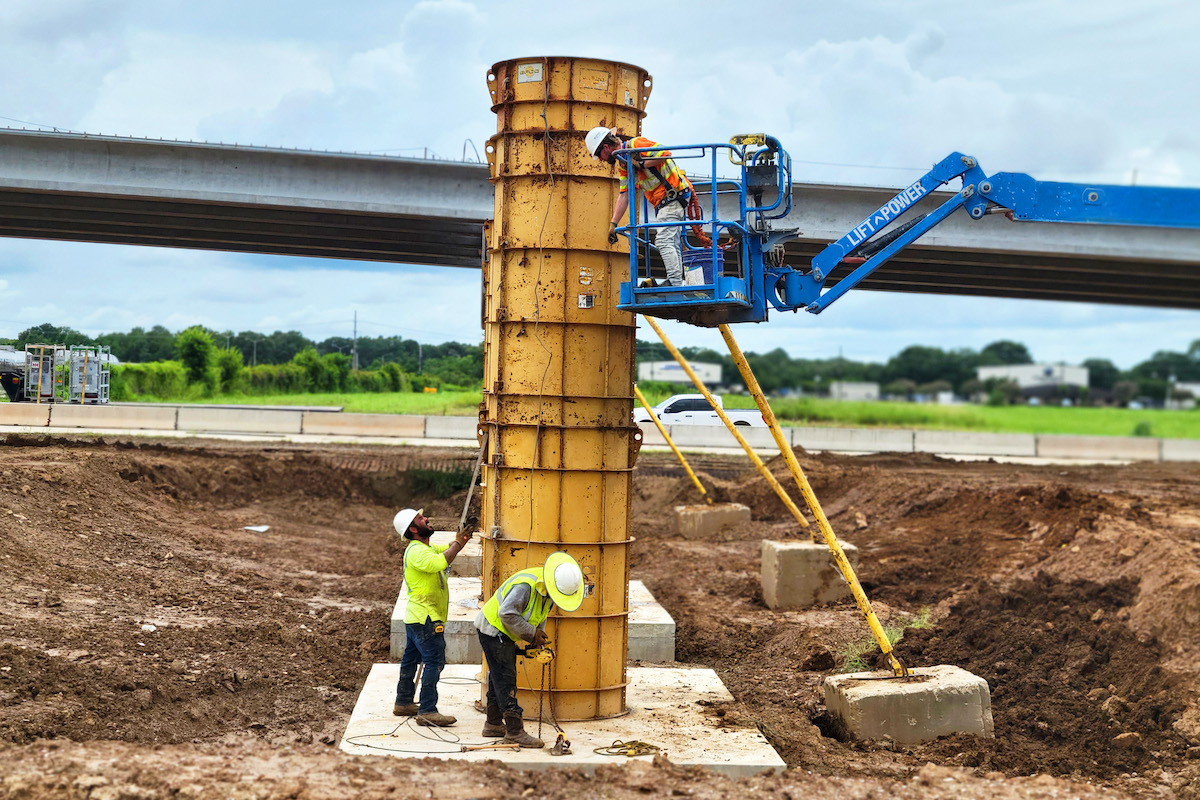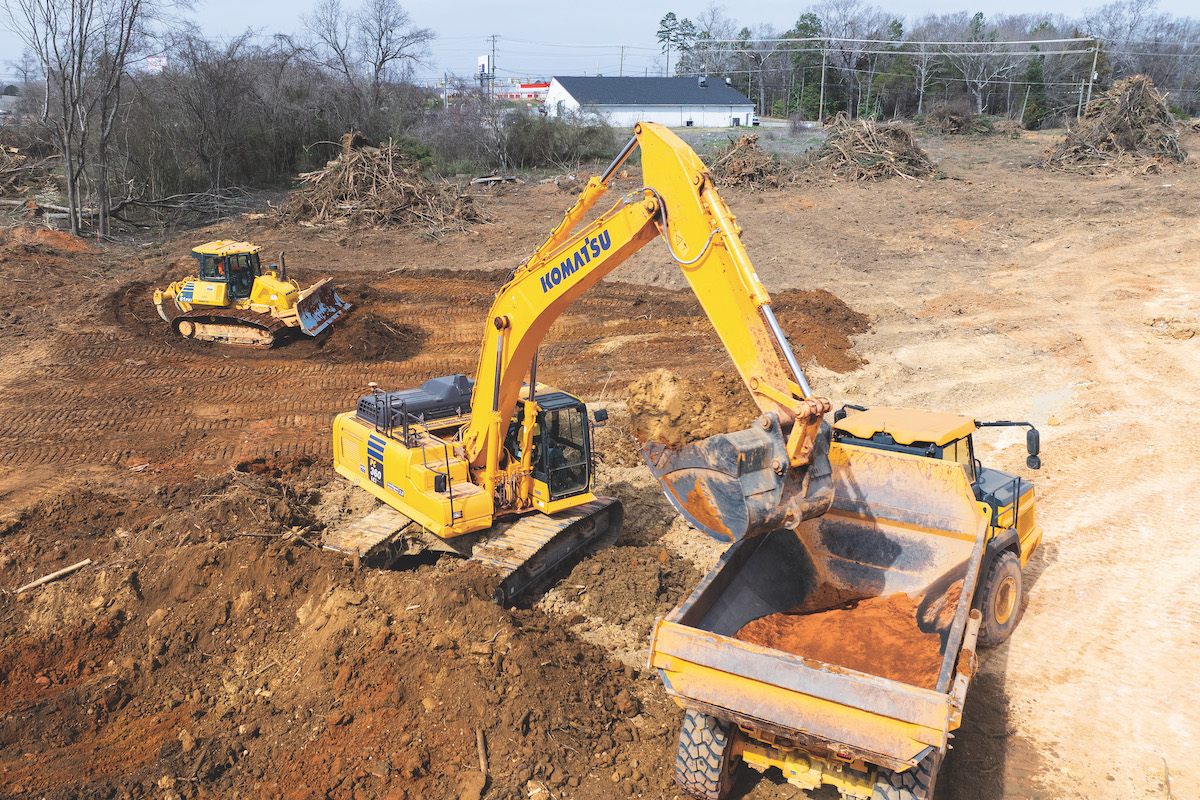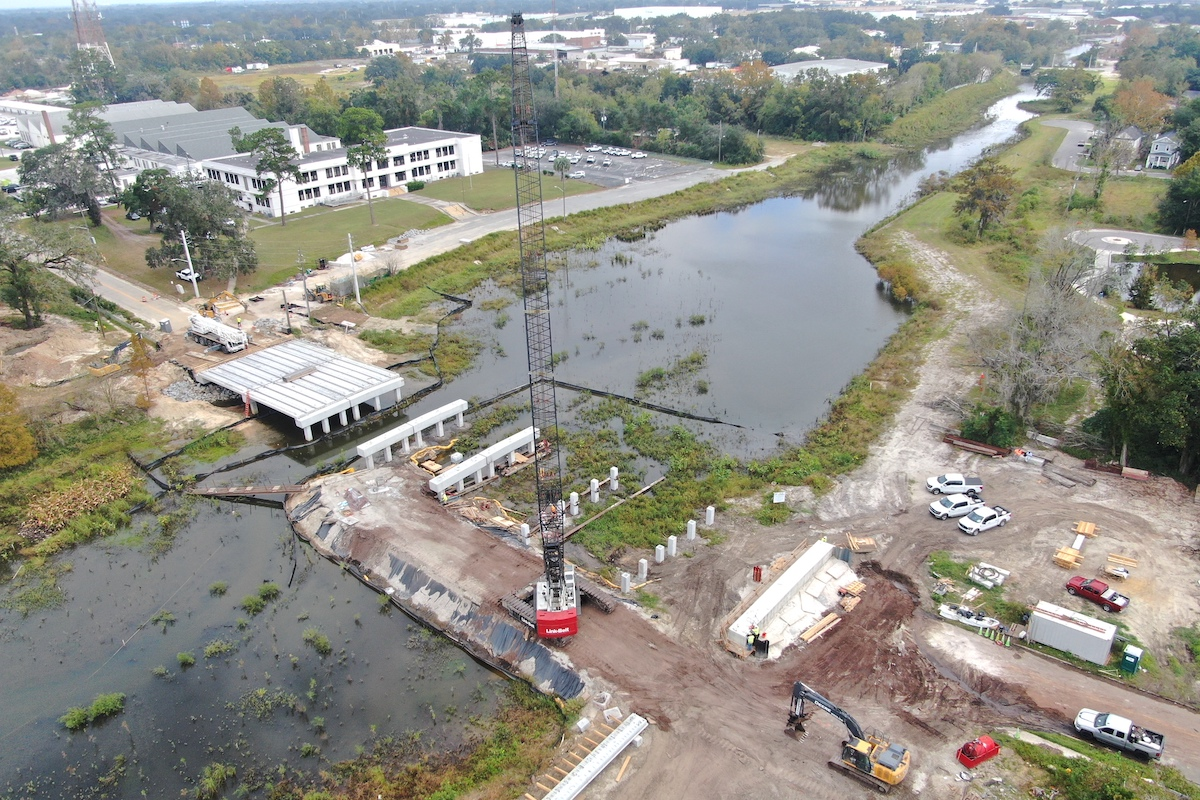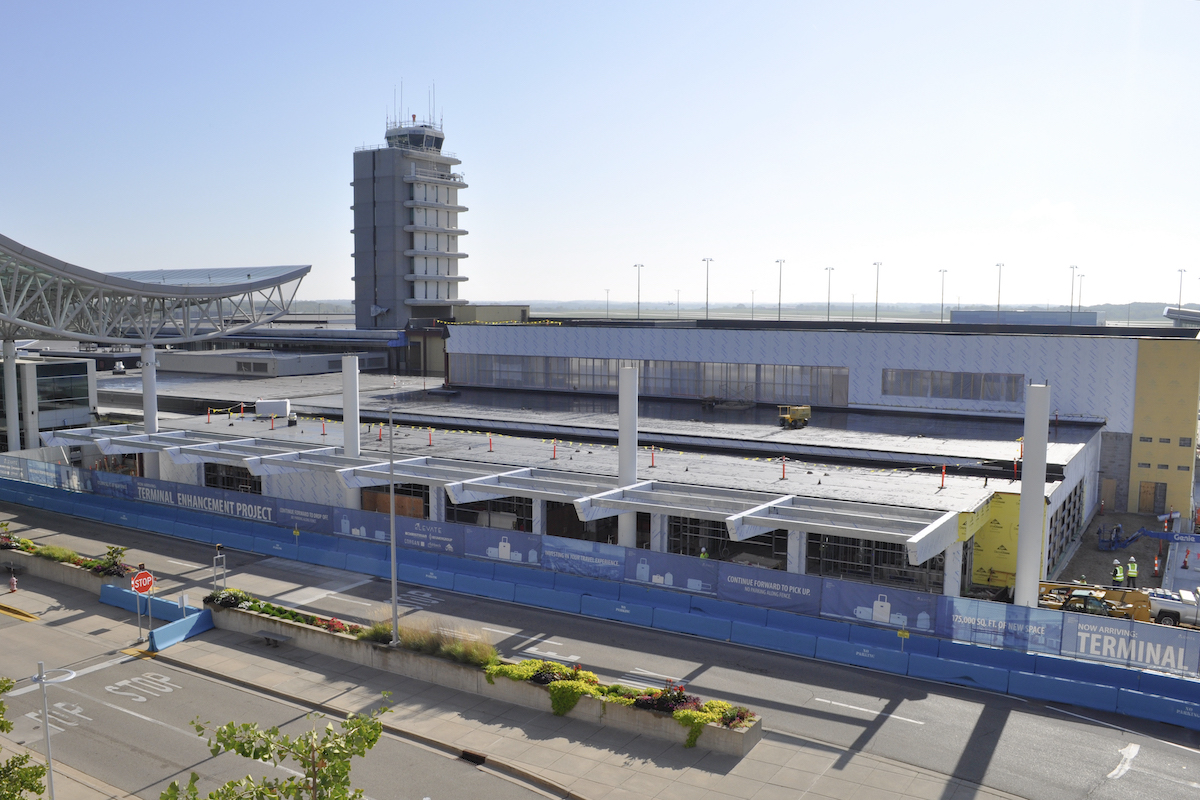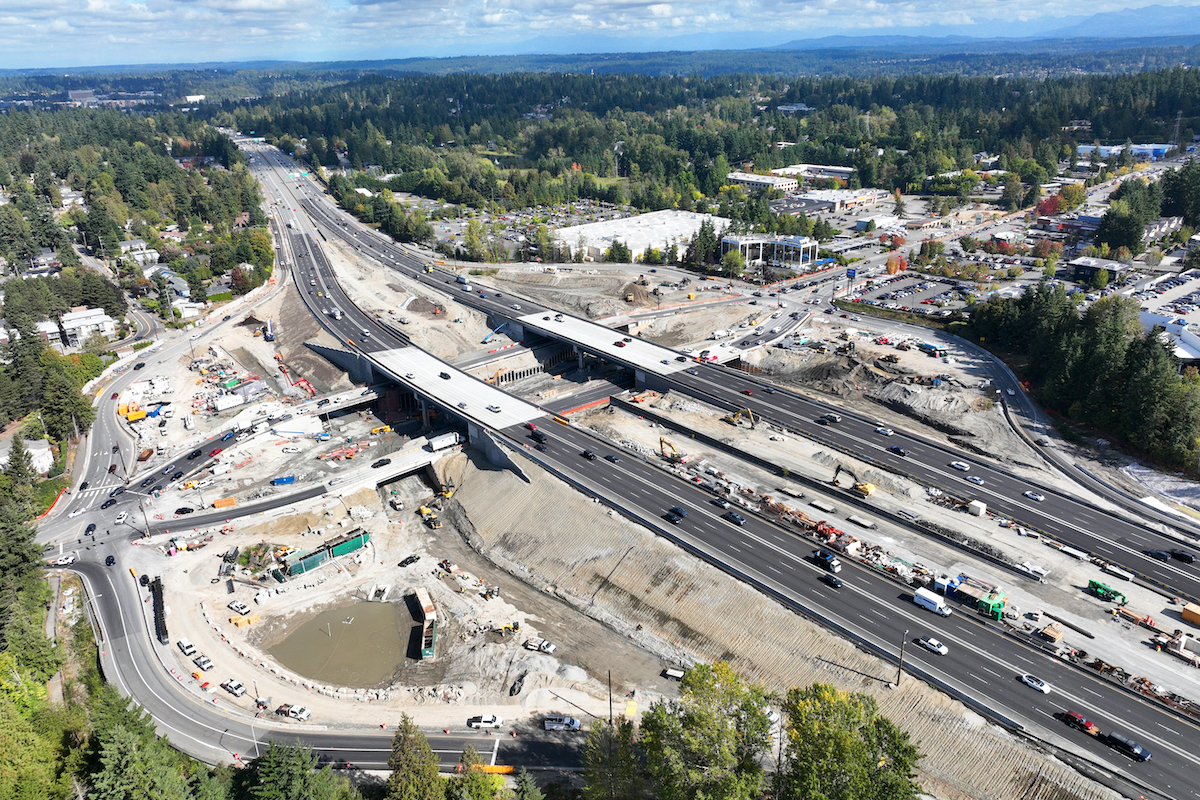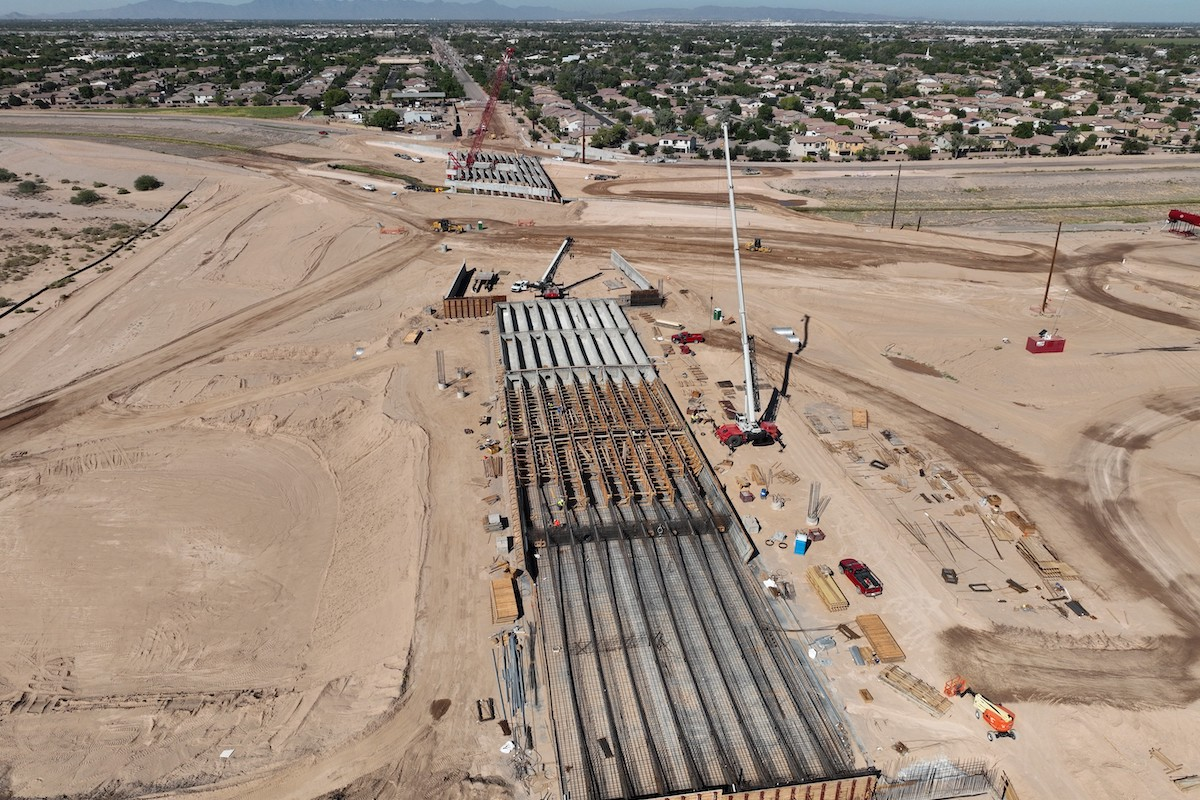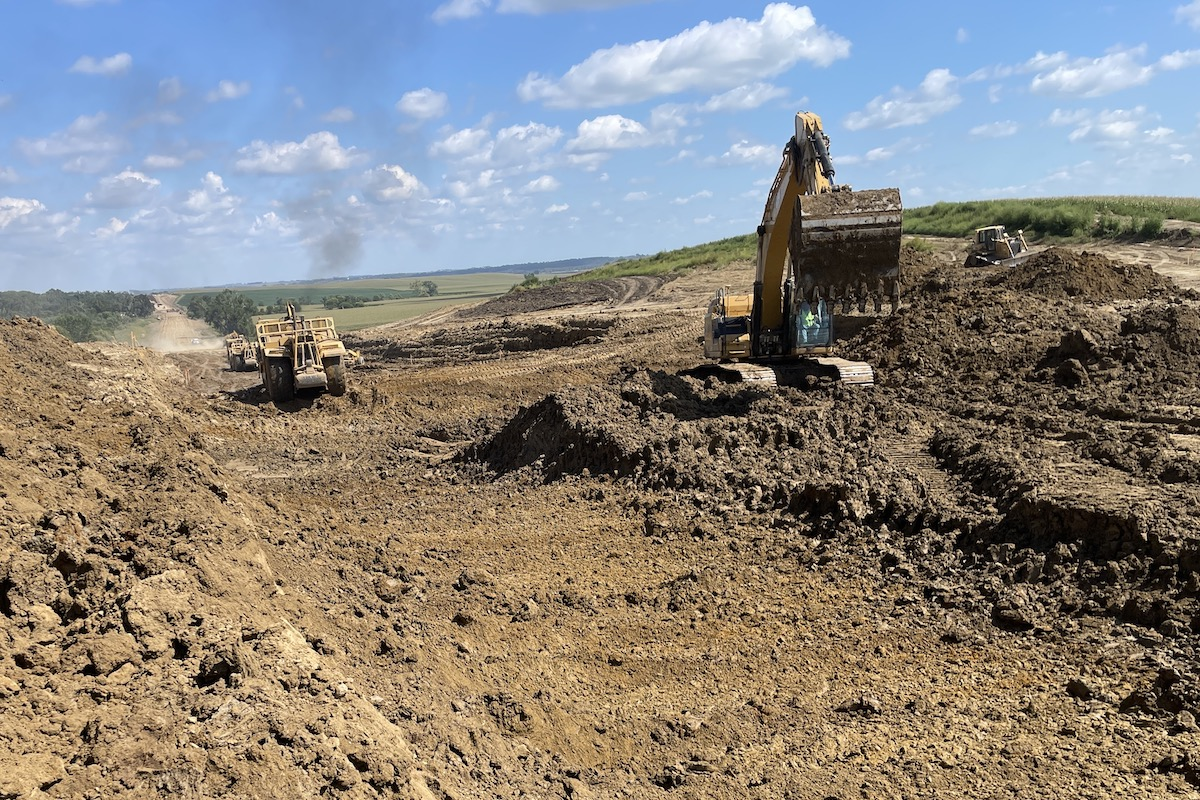Hurricanes. Floods. Wildfires. Industrial accidents. In the wake of natural and human-caused disasters, efficient cleanup and recovery efforts are essential for restoring safety, infrastructure, and normalcy. Vacuum trucks can provide versatile, powerful tools to help emergency response and recovery teams rapidly remove debris, hazardous materials, and floodwaters from impacted areas.
Designed for heavy-duty air conveyance and containment, vacuum trucks handle both wet and dry waste including sludge, contaminated soil, water, and other hazardous or nonhazardous materials. These capabilities come into play during the critical early phases of disaster response, when speed, containment, and adaptability are vital to success.
Vacuum trucks from manufacturers like Guzzler have been deployed in a variety of post-disaster scenarios, including:
- Floodwater removal — Vacuum trucks can rapidly extract standing water from roadways and sewer systems, helping prevent further infrastructure damage and speeding up the restoration of utilities.
- Hazardous waste containment — Following chemical spills or industrial incidents, vacuum trucks contain and remove toxic materials while minimizing risks to human responders.
- Debris and sludge cleanup — After heavy storms or sewer backups, vacuum trucks help clear blockages and collect debris that would otherwise impede recovery operations.
- Supporting environmental cleanup — From oil spills to contaminated soil removal, vacuum trucks provide safe extraction and transport of pollutants in accordance with environmental regulations.
For contractors, municipalities, and emergency managers, having access to vacuum trucks and trained operators can significantly enhance response capabilities and reduce long-term recovery costs.

